- About
- Services
- Patient Information
- Specials
- Shop
- Locations
- Contact Us
Finding the right cosmetic treatment may seem easier said than done, given how many options there are. With so many treatments available, you may be uncertain which is right for you. Don’t worry; we’re here to help!
Wrinkle reducers, like Botox and Dysport, and dermal fillers, like Juvederm and Restylane, are two of the most popular non-surgical treatment options to reduce wrinkles and improve your facial appearance. Below, you’ll find a full breakdown of each to help you learn which option meets your skincare goals.
Botox and Dysport are made using botulinum toxin Type A, a neurotoxin that freezes the facial muscles temporarily. It’s used to deal with wrinkles and lines that are formed as a result of repetitive facial movements, including frowning, smiling, and squinting.
Botox and Dysport are usually used for:
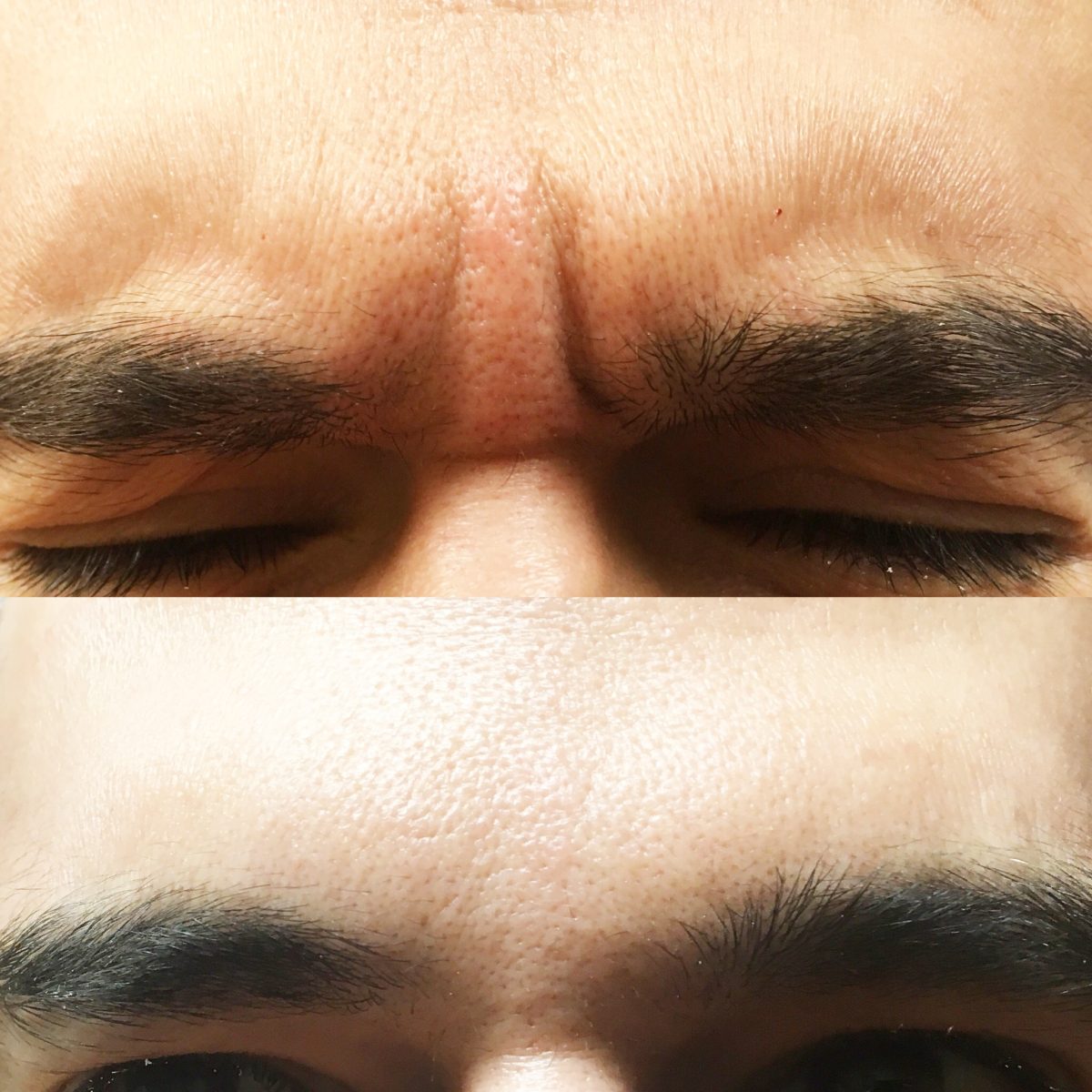
They are effective at smoothing out the face on the parts where the facial muscles contract, also known as the “crease points” of the face. Botox and Dysport won’t necessarily enhance the appearance of facial parts, but will help to reduce the visibility of lines and wrinkles. It is particularly useful in areas of the face where facial expressions can cause lines: between the eyebrows, the corners of the mouth, and around the eyes.
Botulinum toxin, is a natural, purified protein that is used to temporarily relax facial muscles that cause lines and wrinkles. It can also be used to treat medical conditions such as hyperhidrosis (excessive sweating). Botox is the original and best-known brand name and the most tested product on the market. It is the result of many decades of studies and has been used extensively in medicine. It is the safest product, and it is certified in the medical and cosmetic field.
While there is no real downtime associated with this treatment, it is important to note that you may encounter some slight bruising and swelling directly after treatment, due to the needle. This can easily be masked by makeup. There are no long-term side effects of having wrinkle injections, meaning patients can resume their usual activities straight away, and can also fly post-treatment.
Toxin injections produce results for most people, according to the American Academy of Ophthalmology (AAOS). You’ll likely see noticeable effects within a week of the injection. Side effects are minimal, and most go away after a short time. You may not notice the full effects of Botox if you have certain conditions that prevent them. You’ll need to talk to your provider about all these potential risks ahead of time.
Once you receive the injections, you’ll be able to continue your daily activities without any recovery time. The effects of Botox last about 3 to 4 months. Then, you’ll need additional treatments if you want to maintain the results.
This treatment can be used on a wide range of patients, and is primarily used for skin rejuvenation and the reduction of fine lines and wrinkles. Botulinum toxin is injected into muscles and used to improve the look of moderate to severe frown lines between the eyebrows (glabellar lines) for a short period of time. It can also be injected into the area around the side of the eyes to improve the look of moderate to severe crow’s feet lines.
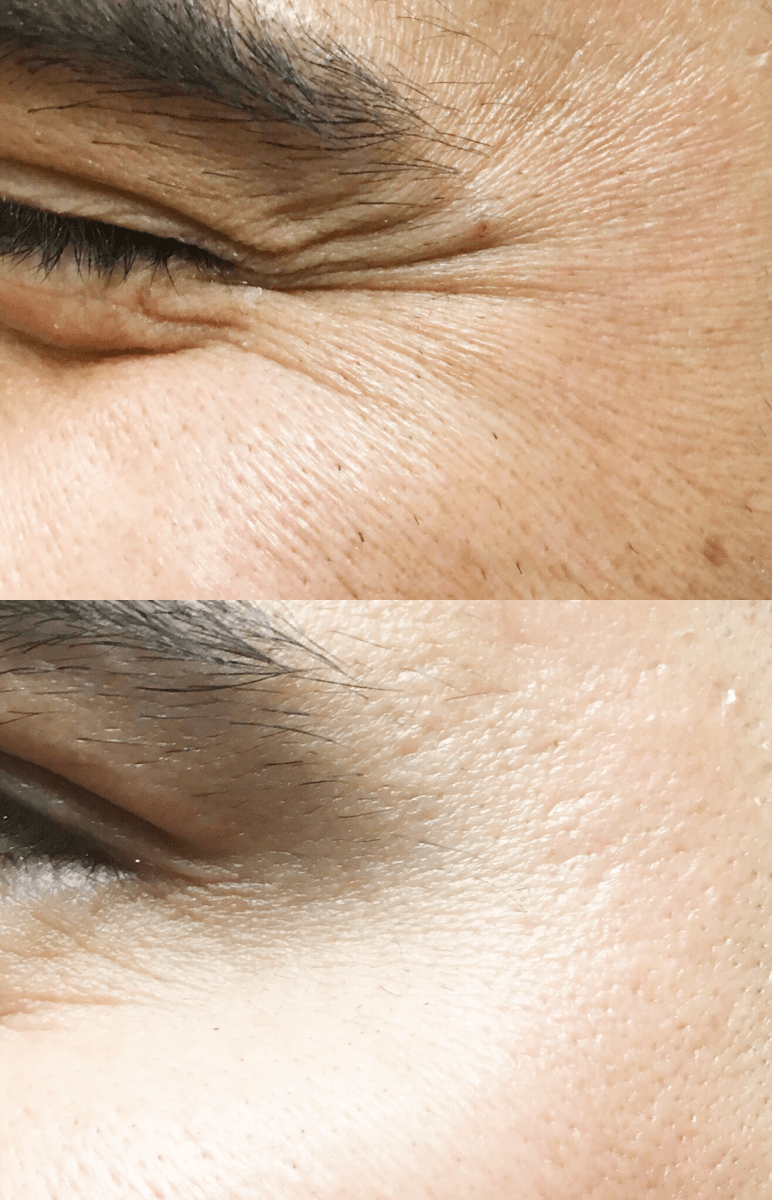
Those who have medical conditions, such as damaged nerves or muscle complaints, should disclose this information during consultation, to avoid any complications. Treatment is not advisable for those who are pregnant or breastfeeding. While there are no clinical studies to show that the injection is harmful to the baby or mother, medical professionals advise against having treatment under these circumstances.
The treatment is used to soften the lines caused by facial expression and can be adjusted to ensure natural results. The duration of results is variable in between individuals but ranges from 3 to 6 months.
Typically, patients will come into the clinic and point to a specific line that they don’t like. Good providers shouldn’t just look at treating this specific line, but will look beyond the line at how the face looks as a whole (as treating an individual line might make the face look unnatural). Sometimes patients come in and say their colleagues and friends keep telling them that they look tired or grumpy when this isn’t the case. In these cases, it’s usually not a single line that is creating this impression, but multiple factors, and the provider should talk through treatment options with the patient.
Dermal fillers, also known as soft tissue fillers, are hyaluronic injections in the face (lips, nasolabial fold, cheeks, etc.) to “fill out” or smooth out wrinkles and lines. It can also help to create a fuller look or increase the volume of a certain facial area, often the lips or cheeks.
Fillers are ideal for deep lines NOT caused by facial muscle contraction, such as lines around the cheeks, lips, and nose. They can enhance the face and make it look fuller and plumper, even smoothing out some of the wrinkles or fine lines.
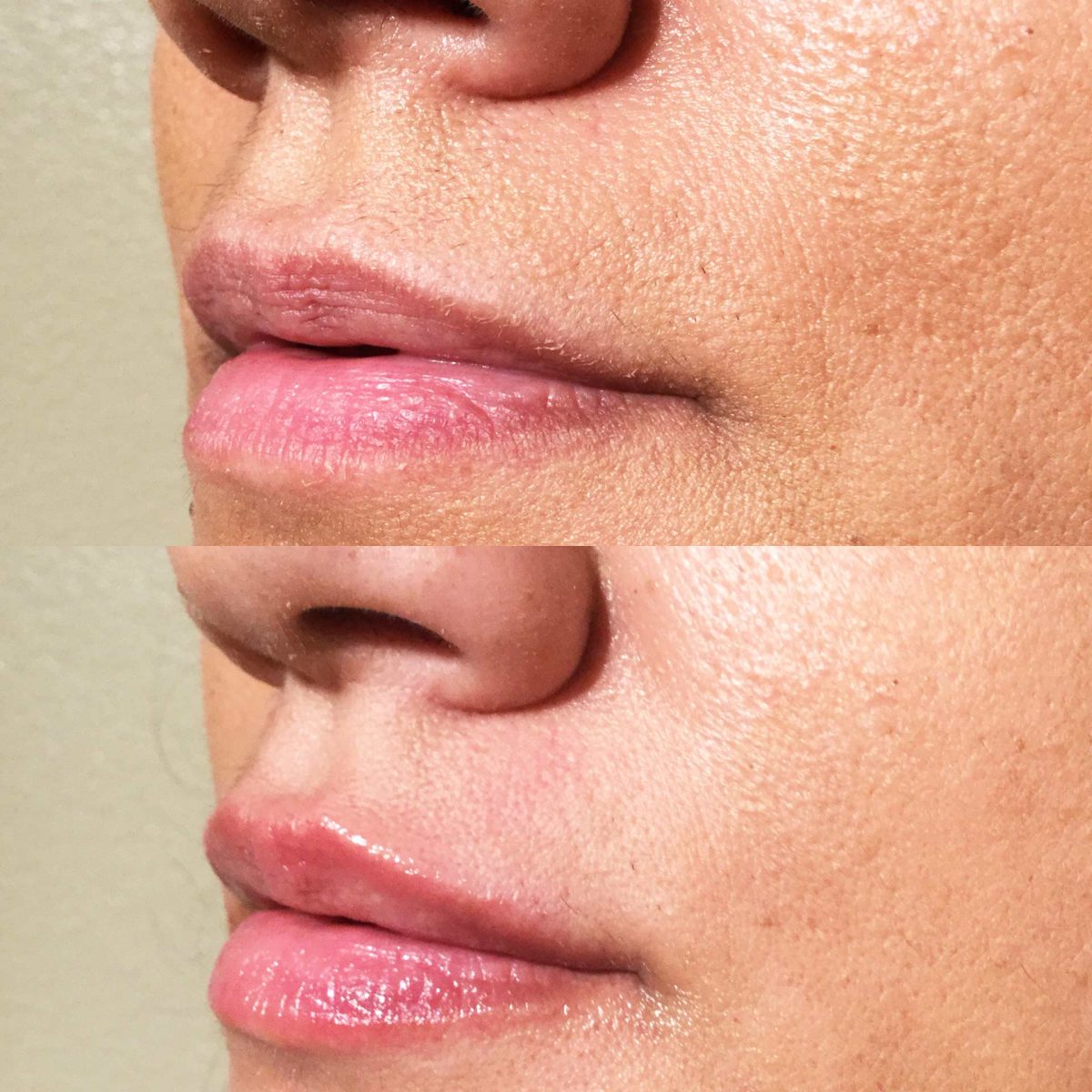
As we age, the natural collagen and elastin in the skin lessens, as cells lose their ability to produce more of their youthful component. The skin becomes dryer, thinner and less able to fix itself. When we are born, we have plentiful amounts of Hyaluronic Acid (HA) in our body, but as we get older this store of HA diminishes, leaving the skin less well supported, and so lines and wrinkles develop. By lifting and smoothing targeted folds and wrinkles by adding subtle volume, dermal fillers can make a difference to a person’s appearance, giving them a fresher look.
The treatment of wrinkles with dermal filler will usually involve injecting this naturally occurring product (HA) through a tiny needle. The discomfort is minimal as the treatment does not take long to perform. The aesthetic outcomes of treatments with dermal filler are seen immediately after the treatment. Treating wrinkles with dermal filler is fast, leaving no scars. The Juvéderm range of fillers contains a variety of products, which can be used to treat different areas, from fine lines on more delicate parts of the face to deep skin depressions.
You can also treat your lips with lip fillers to add extra volume. Today’s sophisticated fillers are made of Hyaluronic Acid (or HA), which is a substance that’s found naturally in the body, making it much safer than previous procedures.
The procedure takes around 30-45 minutes and patients can expect to notice the effects for as long as 18 months after treatment. There is even precedence of results lasting up to 24 months in some cases, however, treatment with fillers is completely reversible. With any injectable treatment, there can be some slight bruising or swelling that accompanies it. This should not persist much longer than a day, and is easily coverable with makeup.
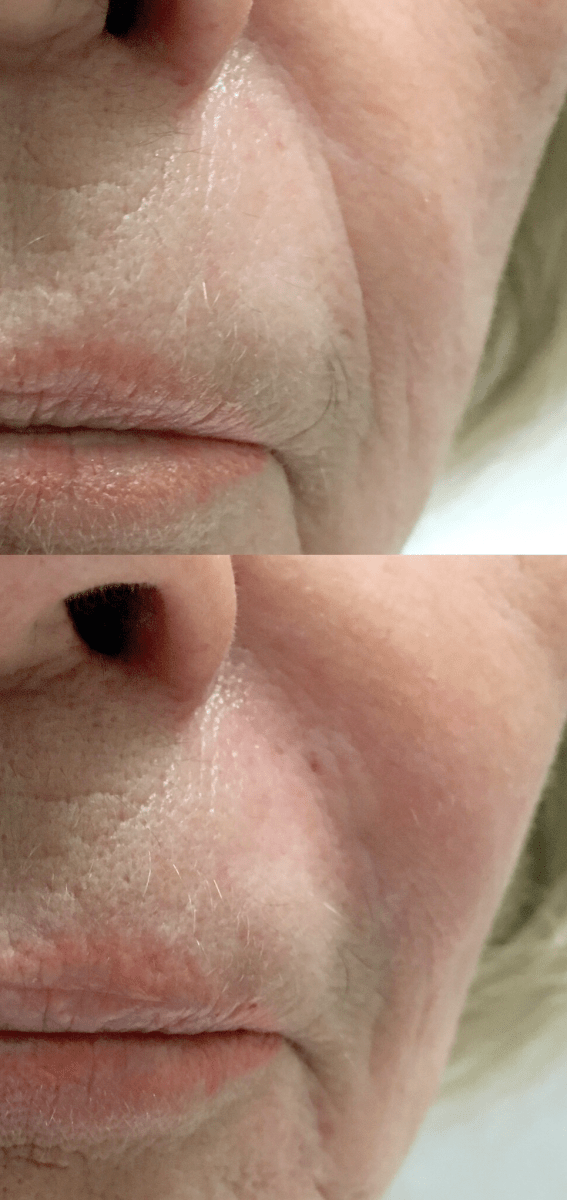
Dermal fillers are also considered effective, and the results last longer than results from neurotoxins overall. Still, results differ depending on the exact type of filler you choose. Like Botox and Dysport, you’ll need maintenance treatments once the fillers wear off.
Facial fillers can be used on a wide range of patients, and are primarily used for skin rejuvenation and the reduction of lines and wrinkles. Other suitable candidates are those seeking to add structure and volume to the face. We see a lot of patients who have lost volume in their face due to living a very active, high impact lifestyle (such as runners). Fillers help to restore the volume loss that naturally begins to occur when we reach our late thirties, and in turn gives a fresher, brighter appearance.
There is no known risk to those who are pregnant or breastfeeding, but we would advise against having treatment under these circumstances.
The results should be subtle, leaving our friends and family believing that we are simply looking our best and great for our age. Treatment lasts between 18-24 months but, naturally, towards the end of this period the effects begin to gradually soften, so there is no dramatic change. When the effects begin to soften, we aim to ‘top up’ the treatment.
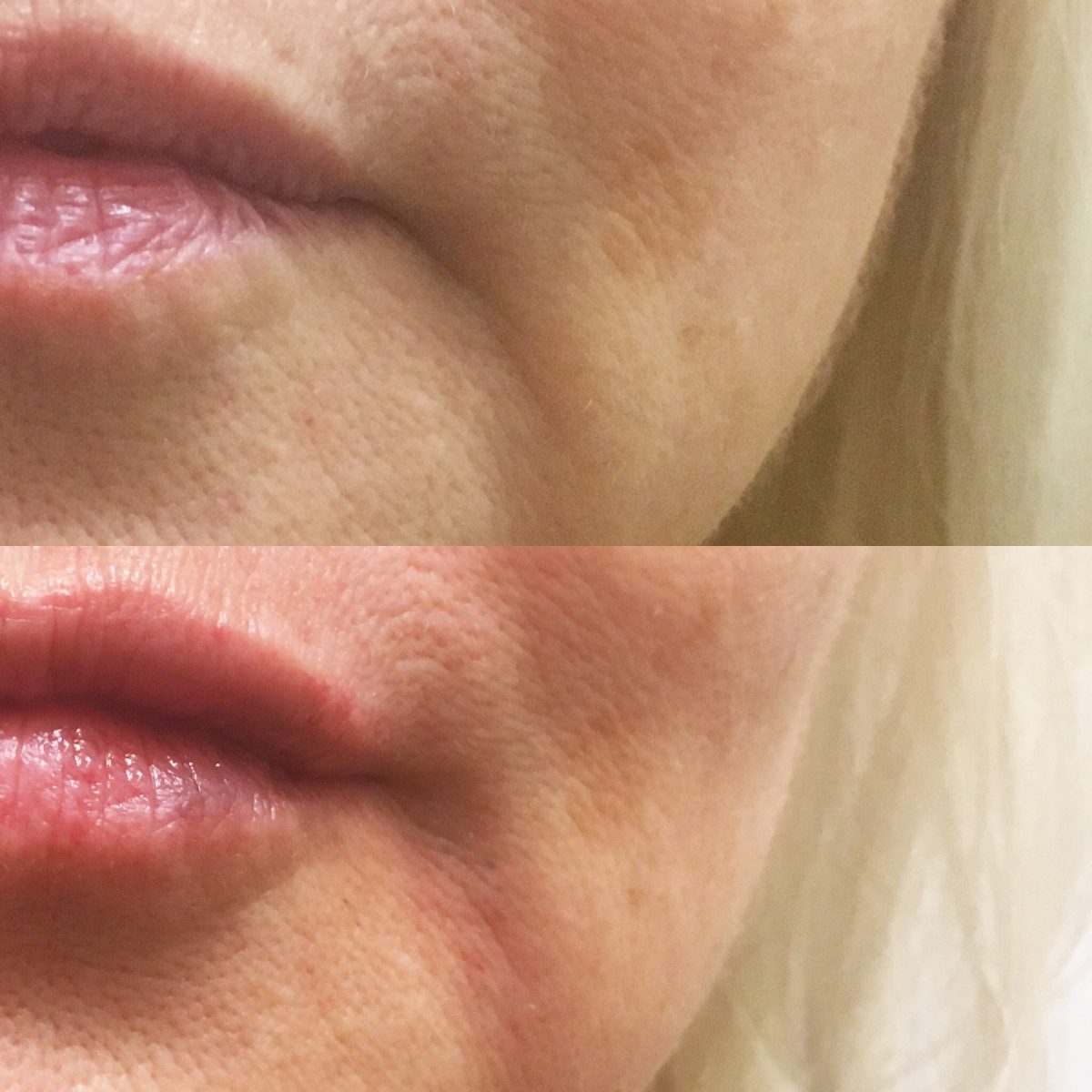
Patients will often come in to the clinic and point to a specific area that they don’t like. Good providers shouldn’t just look at treating this specific area, but will look beyond it to how the face looks as a whole, since treating an individual spot could make the patient look unnatural.
It is really key that you feel safe and reassured by your chosen practitioner: a partnership should develop where you can speak freely about what concerns you, as this will allow the practitioner to truly understand your hopes and desired outcomes.
As you can see, both wrinkle reducers and dermal fillers have their uses, depending on what you want to address. Talk to your provider to determine which treatment is right for your skin care goals.
The popularity of injectables is on the rise and has been for over a decade. While Botox is still number one, dermal fillers are quickly encroaching on that spot. Either way, the more pressing issue is selecting the right option for your skin, if you choose to give these treatments a try. Knowing the differences between all of your options is a job for the pros, so that’s why we offer complimentary consultations to help give you all the details.
Affiliated Dermatology offers Botox, Dysport, Juvederm, and Restylane services at all five of its locations; Phoenix, Arizona, Scottsdale, Arizona, Gilbert, Arizona, Surprise, Arizona, and Anthem, Arizona. Request an appointment online or call us anytime at (480) 556-0446.
A full-service dermatology group offering services in general dermatology, skin cancer detection and treatment, Mohs surgery, aesthetics, and allergy. At our Valley-wide locations, we take pride in our dedication to help inspire and empower you to make educated, healthy decisions about skin care.
Follow Us Online:
 Scroll Up
Scroll Up